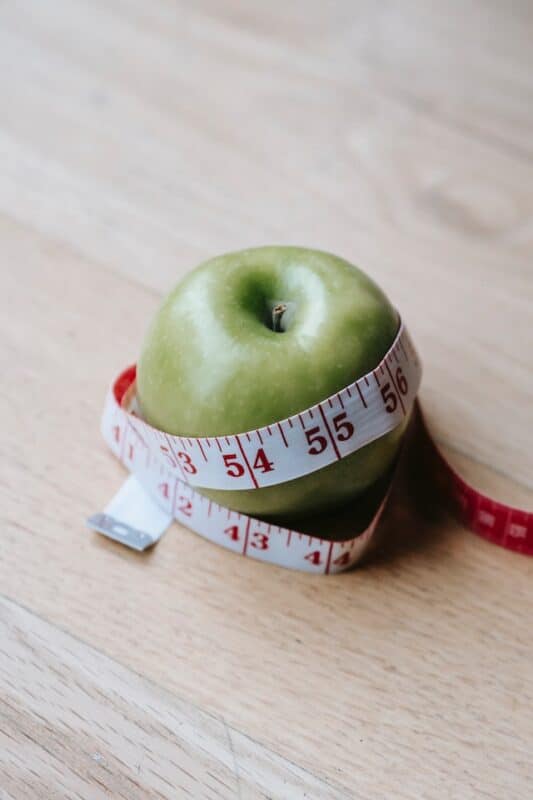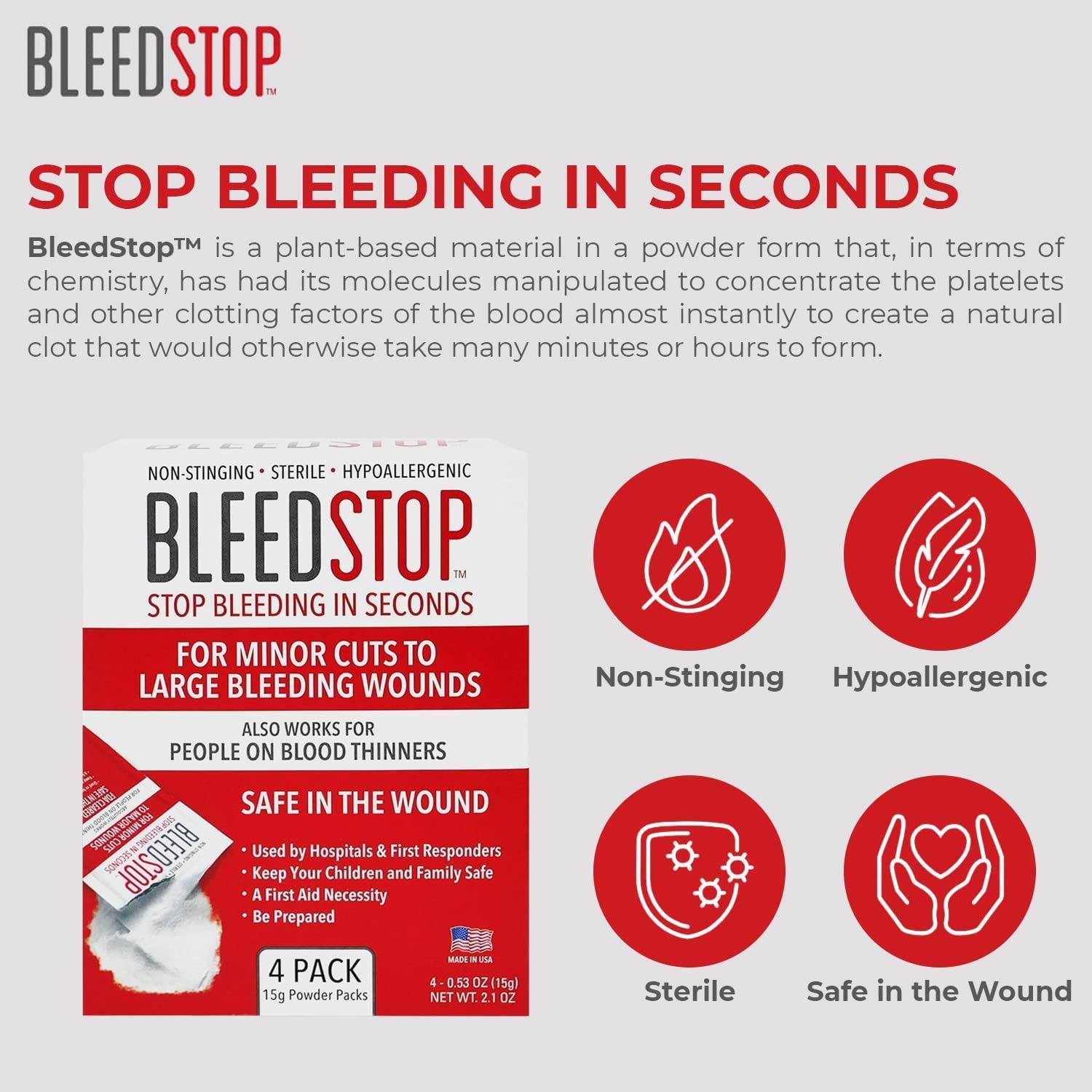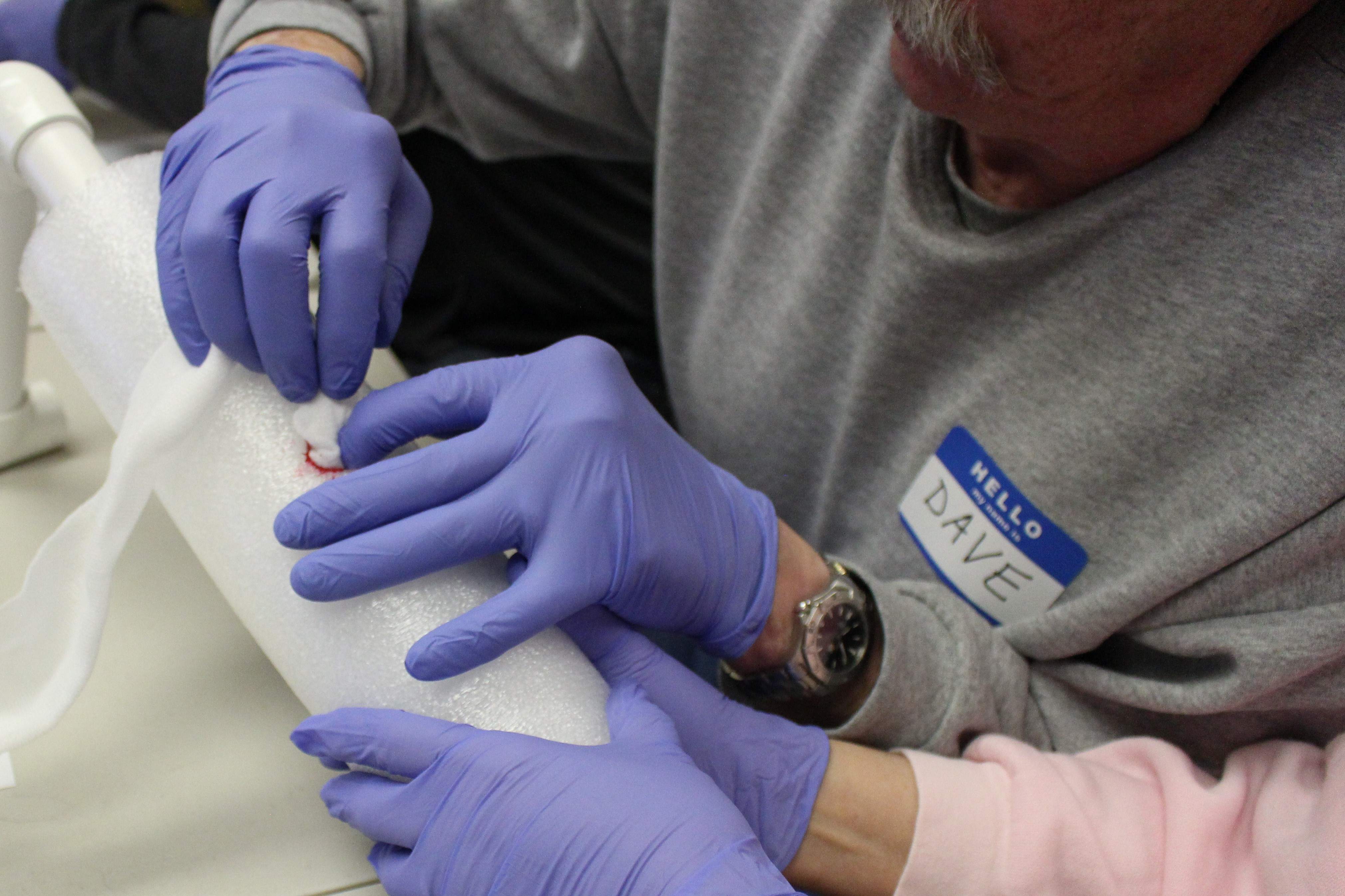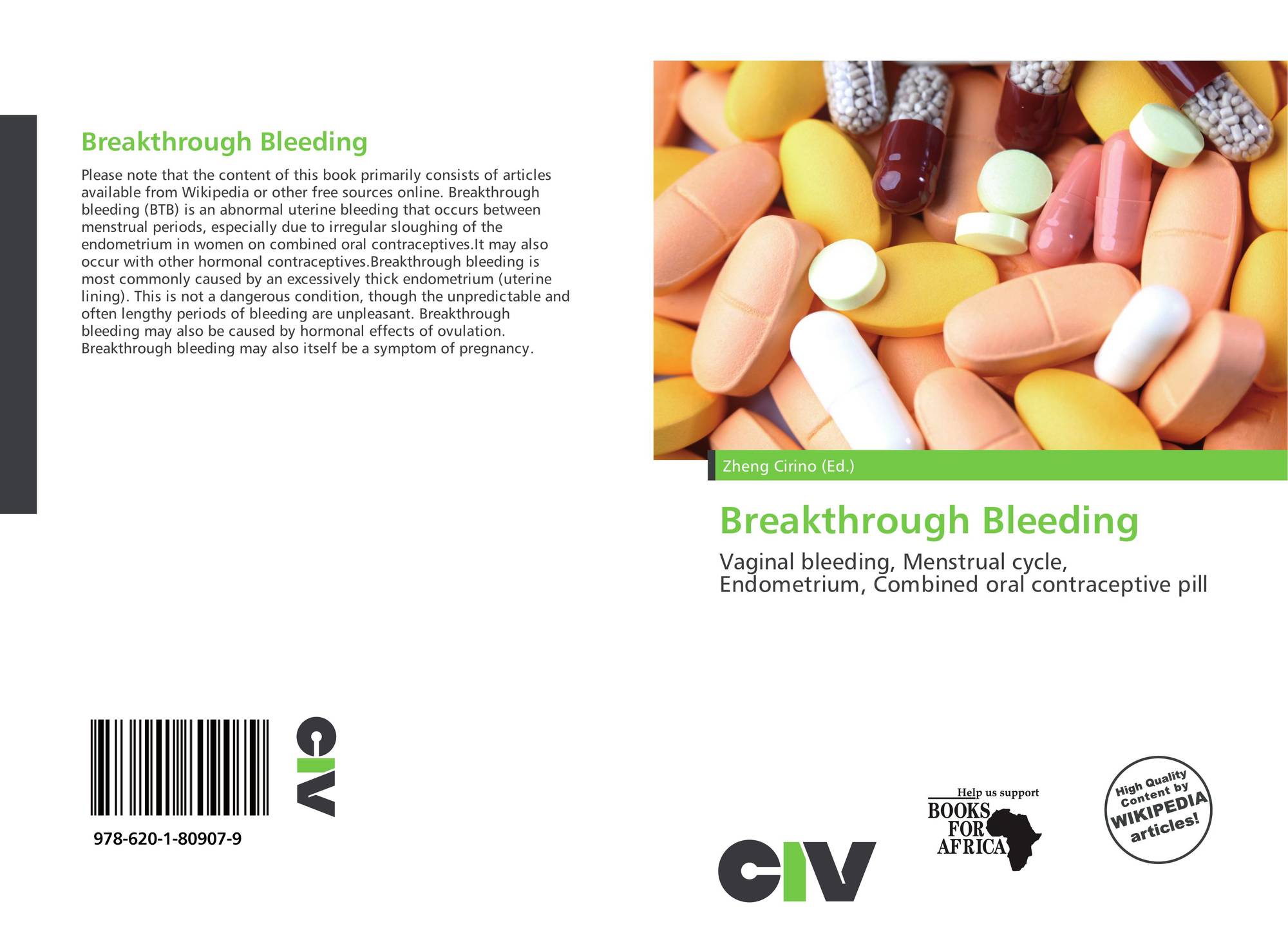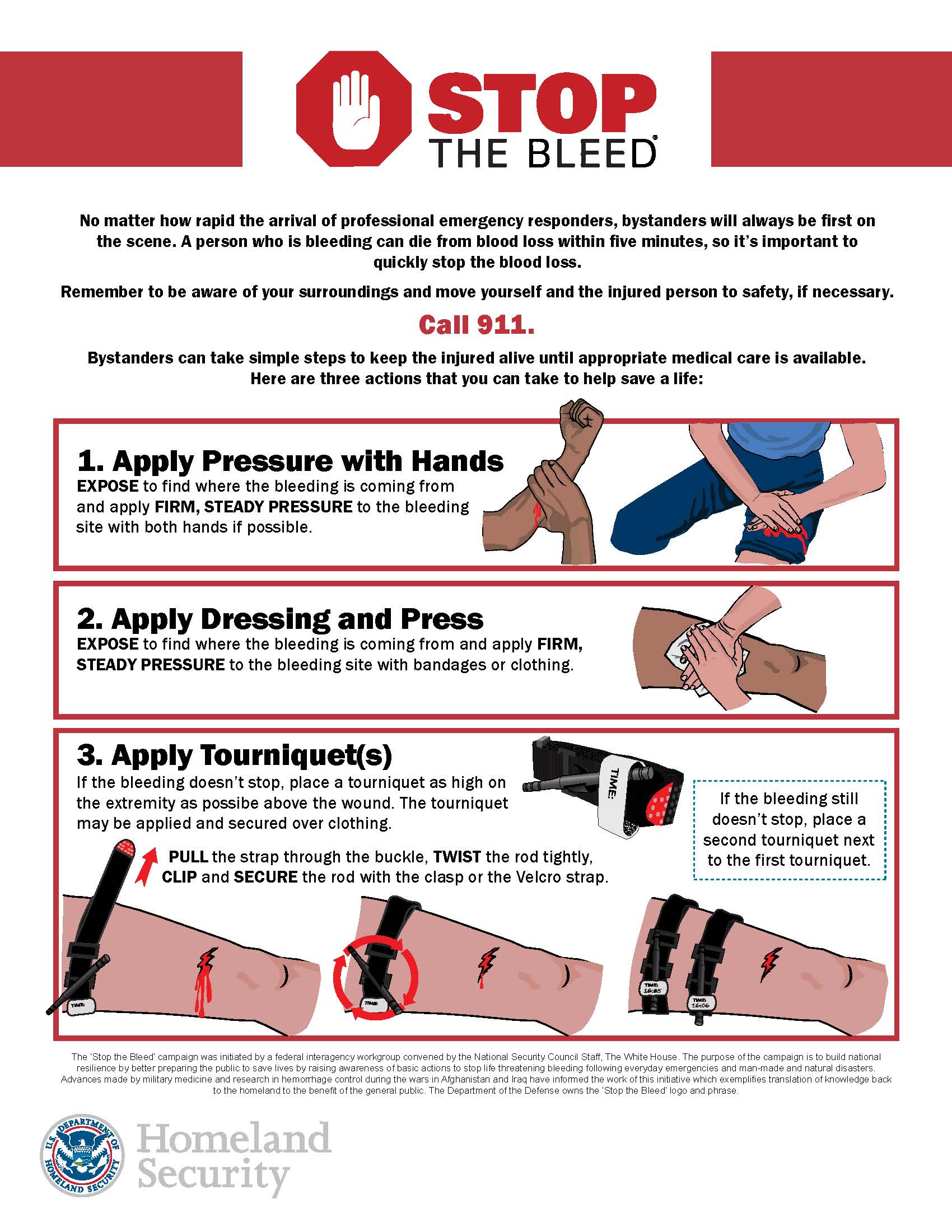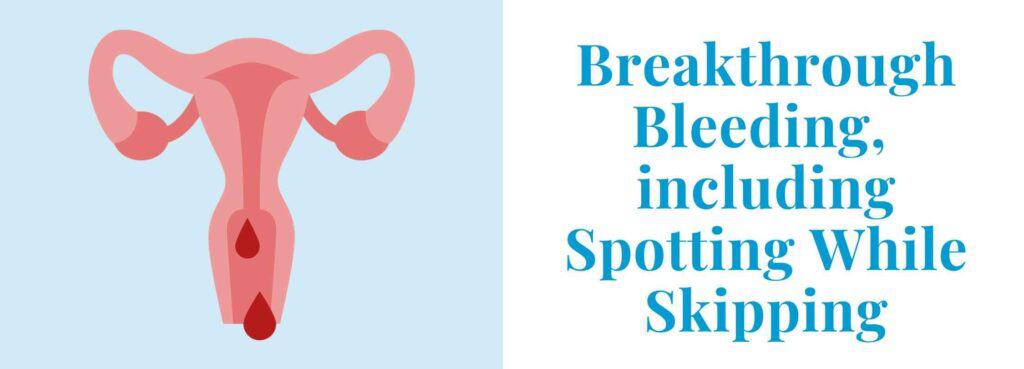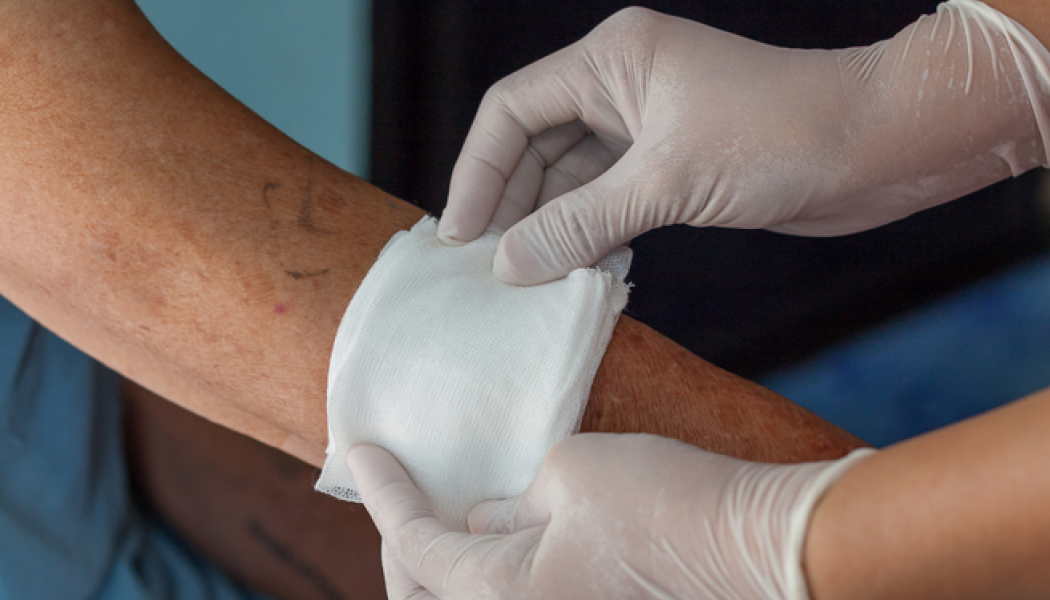How To Stop Breakthrough Bleeding After Exercise
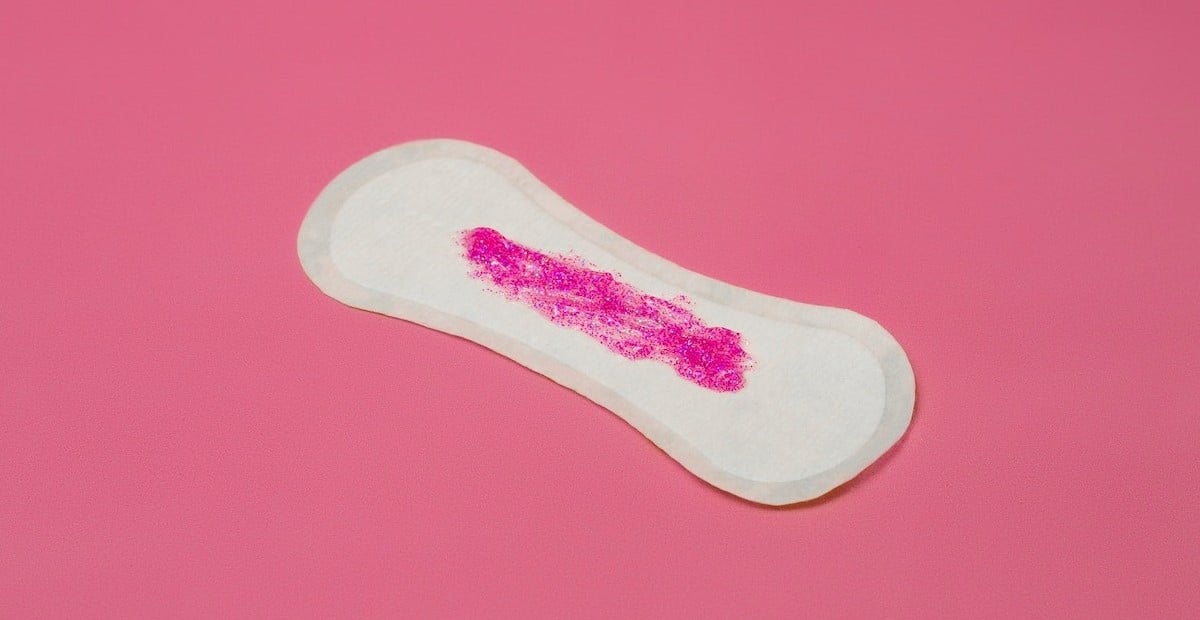
For many women, the benefits of exercise are undeniable: improved cardiovascular health, strengthened muscles, and enhanced mood. However, a frustrating and sometimes alarming side effect can disrupt even the most dedicated fitness routine: breakthrough bleeding. This unexpected vaginal bleeding, occurring outside of regular menstrual periods, can be a source of anxiety and discomfort, raising questions about its causes and, more importantly, how to stop it.
This article delves into the multifaceted issue of breakthrough bleeding after exercise. We'll explore potential causes, offering practical strategies for prevention and management, and highlighting when seeking professional medical advice is crucial. Armed with the right information, women can navigate this challenge and continue to reap the numerous rewards of an active lifestyle without unnecessary worry.
Understanding Breakthrough Bleeding and Exercise
Breakthrough bleeding, also known as spotting or intermenstrual bleeding, refers to any vaginal bleeding that occurs outside of your regular menstrual period. It can range from light spotting to heavier bleeding similar to a period. The key is that it's occurring at an unexpected time in your cycle.
Exercise, while generally beneficial, can sometimes trigger breakthrough bleeding in certain individuals. The exact mechanisms are complex and can vary depending on factors like exercise intensity, duration, and individual physiology.
Potential Causes of Exercise-Induced Breakthrough Bleeding
Several factors could contribute to breakthrough bleeding after exercise. These can range from hormonal imbalances to structural issues. Identifying the root cause is essential for effective management.
Hormonal Fluctuations: Strenuous exercise can impact hormone levels. This includes estrogen and progesterone, which are crucial for regulating the menstrual cycle. According to the National Institutes of Health (NIH), intense physical activity can sometimes disrupt the hypothalamic-pituitary-ovarian axis, potentially leading to irregular bleeding.
Low Body Fat Percentage: Women with very low body fat percentages, common in some athletes, may experience irregular periods or amenorrhea (absence of menstruation). Even if menstruation is present, low body fat can still influence hormonal balance and contribute to spotting.
Stress: Both physical and psychological stress can disrupt the delicate hormonal balance that governs the menstrual cycle. Exercise, while a great stress reliever for many, can be a physical stressor, especially when intense or prolonged.
Underlying Medical Conditions: In some cases, breakthrough bleeding can be a symptom of an underlying medical condition. These includes polyps, fibroids, or infections. A consultation with a healthcare professional is crucial to rule out such possibilities.
Contraceptive Use: Hormonal birth control methods, such as pills, patches, or IUDs, can sometimes cause breakthrough bleeding, especially during the initial months of use. Exercise may exacerbate this effect in some individuals.
Strategies to Prevent and Manage Breakthrough Bleeding
Fortunately, there are several steps women can take to prevent or manage breakthrough bleeding associated with exercise. These involve lifestyle adjustments, dietary considerations, and, in some cases, medical interventions.
Adjusting Your Exercise Routine
Moderate Exercise Intensity: Consider reducing the intensity or duration of your workouts. This is especially important if you are new to exercise or have recently increased your activity level. Gradually increase intensity to allow your body to adjust.
Proper Warm-up and Cool-down: Adequate warm-up and cool-down routines can help the body adapt to the stress of exercise. This can also help minimize hormonal fluctuations. These fluctuations are often associated with intense physical activity.
Rest and Recovery: Incorporating sufficient rest days into your exercise schedule is essential. Overtraining can put excessive stress on the body and disrupt hormonal balance.
Nutritional Considerations
Balanced Diet: A well-balanced diet is crucial for maintaining hormonal health. Focus on consuming adequate calories, protein, and healthy fats.
Iron Intake: Ensure you are getting enough iron in your diet. This is especially important if you experience heavy bleeding during your periods. Iron deficiency can exacerbate fatigue and other symptoms.
Hydration: Staying adequately hydrated is essential for overall health and can help regulate hormonal balance. Dehydration can contribute to stress on the body.
Medical Management
Consult a Healthcare Professional: If breakthrough bleeding is persistent, heavy, or accompanied by other symptoms, it's crucial to consult a doctor or gynecologist. They can help identify the underlying cause and recommend appropriate treatment. This is important to rule out underlying medical conditions.
Hormonal Contraception Adjustments: If you are using hormonal contraception, your doctor may recommend adjusting the dosage or switching to a different method. This can help regulate your cycle and reduce breakthrough bleeding.
Medications: In some cases, your doctor may prescribe medications to help regulate your menstrual cycle or address any underlying medical conditions. These medications are typically prescribed based on the individual's specific needs and medical history.
When to Seek Medical Attention
While breakthrough bleeding after exercise is often benign, there are situations when seeking medical attention is crucial. Don't hesitate to consult a healthcare professional if you experience any of the following:
Heavy bleeding requiring frequent changes of sanitary products, pain during intercourse, bleeding after intercourse, or any other concerning symptoms. These could be signs of a more serious underlying condition. Sudden changes in your menstrual cycle also warrant a medical evaluation.
If you are unsure about the cause of your bleeding, it's always best to err on the side of caution and seek professional medical advice. Early diagnosis and treatment can prevent complications and ensure your overall well-being.
The Future of Research and Management
Research into the relationship between exercise and the menstrual cycle is ongoing. Future studies may provide a deeper understanding of the complex hormonal interactions involved and lead to more targeted and effective management strategies.
Personalized approaches to exercise and nutrition, based on individual hormonal profiles, could become more prevalent. This would allow women to optimize their fitness routines while minimizing the risk of breakthrough bleeding. This approach would provide the best results for the individual.
By staying informed and working closely with healthcare professionals, women can confidently navigate the challenges of breakthrough bleeding after exercise and continue to enjoy the numerous benefits of an active lifestyle.




